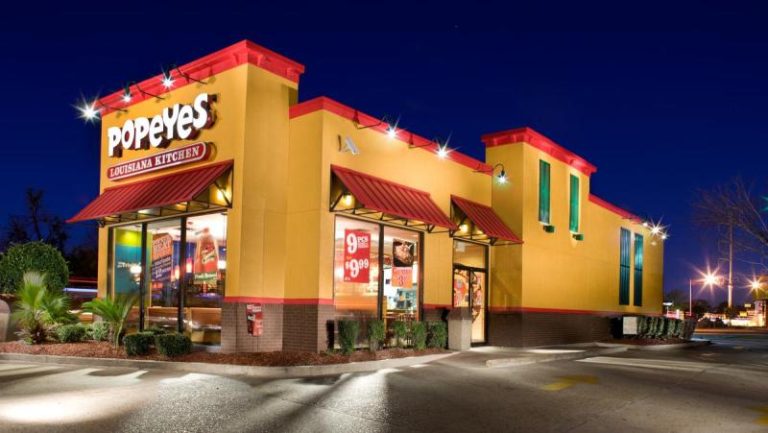How Real Estate Investment Can Really Affect Society
Real estate investment is a unique area that can address the UK’s major social inequality problem.
Traditionally, real estate investors have stayed away from poverty areas and focused on metropolitan centers and wealthy small cities. This is because the demand for space (apart from need) is usually stronger and there is an investment market for buyers and sellers.
Most investors will continue to focus on maximizing financial returns. However, we believe that a fundamental shift has been made in the direction of pursuing a strategy that has a positive impact on society and the environment, and that COVID-19 has accelerated the transition. The possible conflict between the NEC obligation and sustainable investment reflects the historical view that the sources of social benefits and investment returns are the same and finite.
Even if that point of view was true, the equation has now changed. The value of a company or asset is increasingly linked to the social benefits arising from it. As a result, there is a growing need for pension funds and asset managers to incorporate sustainability and positive social impacts into their investment strategies in accordance with their obligations of election.
When assessing significant investment risk, you should always consider ESG factors in addition to traditional financial risks. In fact, the boundaries between the two are getting more and more blurred. Governments are raising energy efficiency standards and are beginning to ban equipment that emits carbon (such as oil boilers).
Even among residents (such as energy-efficient air-conditioning and bicycle storage), there is a growing preference for sustainable, health and well-being buildings. Real estate with positive social and environmental characteristics is at a lower risk of becoming obsolete and is more likely to retain value over time.
So, how can real estate investors have a positive social impact?
Hou sing
One clear priority is the construction of new public rental housing, especially for the low-wage class. Currently, Housing Associations rely on government subsidies, bank loans, bond issuance, and home sales revenues to provide new public rental housing and low-cost housing.
However, if home prices fall in the future, home sales revenues can drop dramatically. In addition, there are limits to the loans that Housing Associations can borrow while maintaining an AAA credit rating. The average leverage of housing cooperatives in 2019 was 51%.
One alternative route is for private investors to construct new public rental or low-cost housing and lease them to the Housing Association for routine management. Schroder has already applied this model and invested in Social Supported Housing for adults with learning disabilities.
Investors can design the structure to increase ownership of the Housing Association over the long term while owning or partially participating in the business. This variant can also help investors associate with municipalities to build new homes on their own land.
With the government’s decision to abolish the borrowing limit on the housing sales account in 2018, one obstacle has disappeared, allowing local governments to build more houses.
Small town center ( High streets)
Another major challenge facing poor areas is the regeneration of small town centers. The growth of online shopping and the increase in store vacancy rates are national phenomena, but the resulting problems tend to be more severe in poor areas.
For obvious reasons, people in poor areas have less money to spend. Other than that, however, home prices and commercial value are often so low that the business is less viable for developers to convert vacant stores to other uses.
Vacancy department stores in Guildford or Harrogate are much more likely to be redeveloped into apartments, public rental housing, and Silvertown than buildings in Clacton or Wolverhampton. The government (through Future High Streets Fund, Leveling Up Fund, Shared Prosperity Fund, etc.) has issued a number of policies to assist in the regeneration of less wealthy small town centres. However, such a business will not succeed without private investment.
employ
Real estate investors can help poor communities in other ways. Hiring is one way. The private sector provides offices, stores, and factories free or inexpensively to local startups, charities, and other non-profit organizations, creating a new form of income in the region as jobs increase.
Another idea is to include new common spaces or gardens in your home business or commercial real estate development plan. People’s physical and mental health are closely linked. In addition, developers can require construction companies to hire a certain percentage of local residents and provide appropriate training to unemployed people.
Whether building new homes or developing commercial real estate, a key starting point for any of these plans is to identify areas of concern for local residents and stakeholders and find ways to address them.
Financial interests and the social compensation between the balance Catching
“Doing the right thing” does not automatically mean a decline in your financial interests. For example, the compensation period for an LED lighting installation is usually 1 to 3 years. Yet another example, however, is obviously the opportunity cost of renting to a local startup inexpensively or using land for the purpose of building public rental housing rather than a home for sale.
The size of such trade-offs will vary from project to project, the mix ratio between income and capital growth, and the timing of revenue realization will be different.
Public rental housing and entry-level housing tend to provide a stable rate of return through rental income. Renewal projects may have higher returns, but they can take 10 years or more to perform, are risky in the beginning and have little or no income.
London’s Kings Cross recycling business has been very successful. But Argent, who ran the project, attended more than 300 public meetings and invested £100 million in infrastructure before generating any income.
In conclusion, there is a real need to invest more in less wealthy areas, and it is likely that COVID-19 has increased inequality. More and more investors are considering social impact as an important strategic factor, and they will naturally be guided in that direction rather than overwhelming it.
We believe that we can build our UK real estate portfolio in a way that really produces positive results, both in a financial sense and in practical contributions to society and the environment.



